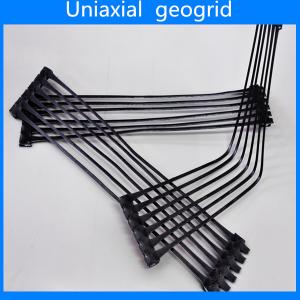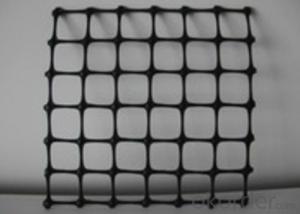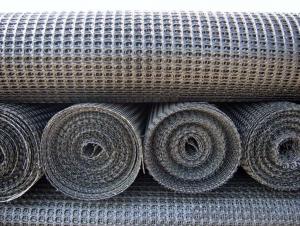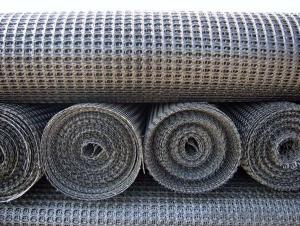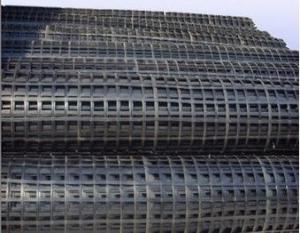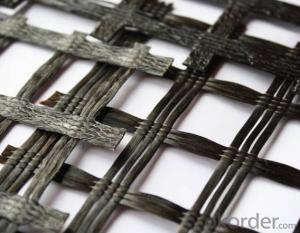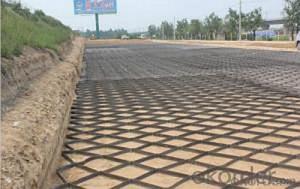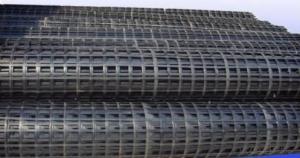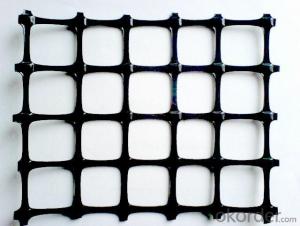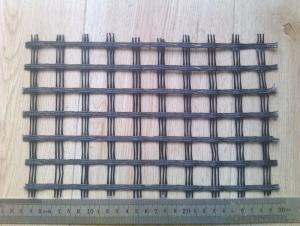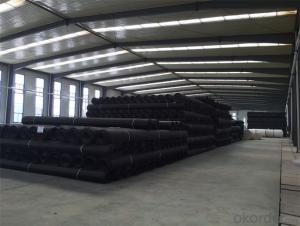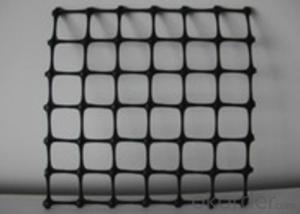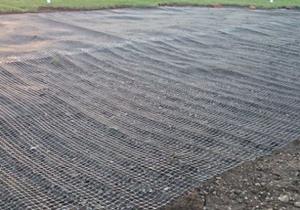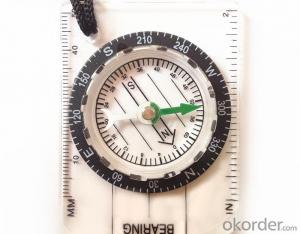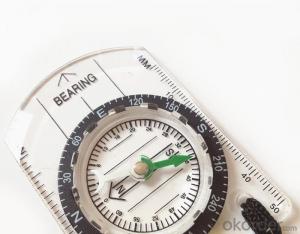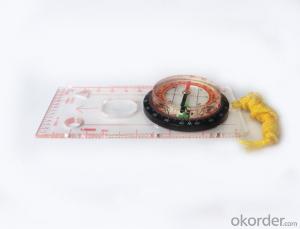Tx7 Geogrid
Tx7 Geogrid Related Searches
Tensar Tx7 Geogrid Tensar Triax Tx7 Geogrid Tx170 Geogrid Tx-5 Geogrid Tensar Tx5 Geogrid Tx150 Geogrid Tx 140 Geogrid Tensar Tx-5 Geogrid Tx 130 Geogrid Tensar Triax Tx5 Geogrid Geogrid Tx140 Triax Tx Geogrid Geogrid Tx150 Tensar Tx140 Geogrid Tx190l Geogrid Tensar Triax Tx170 Geogrid Geogrid Tx160 Tensar Tx160 Geogrid Geogrid Tbl Tensar Tx 130 Geogrid Tx160 Triaxial Geogrid Nx750 Geogrid Triax Tx160 Geogrid Tensar Triax Tx140 Geogrid Terrafix Geogrid Tensar Geogrid Tx140 Tensar Triax Tx130s Geogrid Tenax Geogrid Tencate Geogrid Type 2 GeogridTx7 Geogrid Supplier & Manufacturer from China
Tx7 Geogrid is a high-performance geosynthetic product designed for various civil engineering applications, offering enhanced soil reinforcement and stabilization. This innovative material is widely used in projects such as road construction, embankments, retaining walls, and slope protection, where its unique properties contribute to improved load distribution and reduced settlement. The product's versatility and durability make it an ideal choice for a range of applications, ensuring long-lasting performance and cost-effective solutions.In various construction and engineering projects, Tx7 Geogrid plays a crucial role in enhancing the structural integrity and stability of the soil. Its application in reinforcing layers of soil or aggregate materials helps to prevent deformation, increase load-bearing capacity, and reduce the risk of subsidence. This product is particularly beneficial in areas with challenging soil conditions, where traditional methods may not provide adequate support or stability. By incorporating Tx7 Geogrid into the design, engineers can achieve more reliable and sustainable outcomes, even in the most demanding environments.
Okorder.com is a leading wholesale supplier of Tx7 Geogrid, boasting a large inventory that caters to the diverse needs of the construction industry. As a reliable source for this essential geosynthetic material, Okorder.com ensures that customers have access to high-quality products at competitive prices. With a commitment to customer satisfaction and a focus on providing exceptional service, Okorder.com has become a trusted partner for businesses and contractors seeking to incorporate Tx7 Geogrid into their projects.
Hot Products


